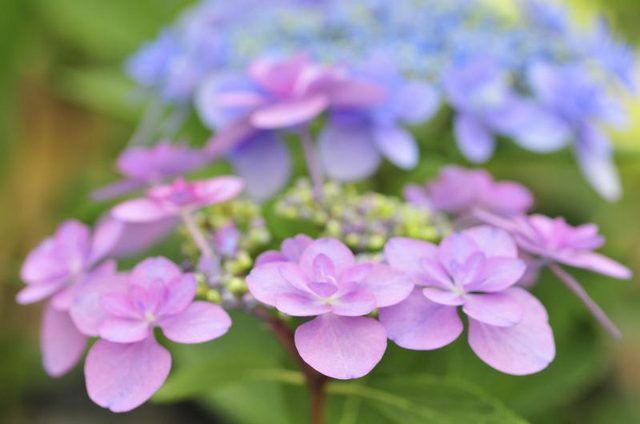Bulbs
Flower Basics
Flower Beds & Specialty Gardens
Flower Garden
Garden Furniture
Garden Gnomes
Garden Seeds
Garden Sheds
Garden Statues
Garden Tools & Supplies
Gardening Basics
Green & Organic
Groundcovers & Vines
Growing Annuals
Growing Basil
Growing Beans
Growing Berries
Growing Blueberries
Growing Cactus
Growing Corn
Growing Cotton
Growing Edibles
Growing Flowers
Growing Garlic
Growing Grapes
Growing Grass
Growing Herbs
Growing Jasmine
Growing Mint
Growing Mushrooms
Orchids
Growing Peanuts
Growing Perennials
Growing Plants
Growing Rosemary
Growing Roses
Growing Strawberries
Growing Sunflowers
Growing Thyme
Growing Tomatoes
Growing Tulips
Growing Vegetables
Herb Basics
Herb Garden
Indoor Growing
Landscaping Basics
Landscaping Patios
Landscaping Plants
Landscaping Shrubs
Landscaping Trees
Landscaping Walks & Pathways
Lawn Basics
Lawn Maintenance
Lawn Mowers
Lawn Ornaments
Lawn Planting
Lawn Tools
Outdoor Growing
Overall Landscape Planning
Pests, Weeds & Problems
Plant Basics
Rock Garden
Rose Garden
Shrubs
Soil
Specialty Gardens
Trees
Vegetable Garden
Yard Maintenance
How to Prune Lacecap Hydrangeas
How to Prune Lacecap Hydrangeas. They say that the only difference between a bad haircut and a good haircut is a few weeks, but the same logic does not apply to pruning hydrangeas. If you prune lovely lacecaps (Hydrangea macrophylla) incorrectly, your shrubs may pass the following summer without blossoms. With hydrangeas, when you prune is as...

They say that the only difference between a bad haircut and a good haircut is a few weeks, but the same logic does not apply to pruning hydrangeas. If you prune lovely lacecaps (Hydrangea macrophylla) incorrectly, your shrubs may pass the following summer without blossoms. With hydrangeas, when you prune is as important as how you prune.
Lacecap Hydrangeas
Bigleaf hydrangeas come in two varieties -- mopheads, with blossoms like puffy snowballs, and lacecaps, with inflorescences that resemble little round caps that women used to wear to church. Lacecap blooms group tiny female flowers in a flattened disk with the sterile but showy male flowers around the edge. Like mopheads, lacecaps grow best in U.S. Department of Agriculture plant hardiness zones 6 through 9. Most cultivars, like "Lady in Red," bloom in summer, while reblooming cultivars like "Twist-n-Shout" extend their flowering through fall.
Old Wood Bloomers
Some hydrangea species bloom on old wood and some on new growth, and this makes a critical different in when you need to prune. While species that form buds on new growth can be trimmed back in fall or even winter, old wood bloomers -- like lacecaps -- cannot. They set buds directly after flowering, so even a mid-fall pruning is likely to remove many of the next year's blossoms. Prune lacecaps just after they finish blooming for the season.
Pruning Basics
Lacecaps are not plants that require pruning to thrive, and the shrubs can live out long, flowery lives without a major trim. But hydrangeas tolerate pruning well, so it's an option if your lacecap is outgrowing its space or seems to lack vigor. Pruning is also useful when you have to trim out dead or damaged stems, or to increase the size of the flowers. Your reason for pruning will dictate the cuts that you make. Don't forget to clean the cutting blades of the pruner by wiping them with a rag soaked in denatured alcohol.
Pruning Cuts
If you're pruning to renew an aging bush, thin out the shrub by removing one-third of the stems at ground level. Take out the oldest canes first. Be sure to remove dead, diseased or damaged stems as well as stems that cross one another. If you wish to reduce the plant height, cut back each stem to the desired height, making the cut just above a leaf node. You can snip off dead blossoms at the same time to tidy up the shrub.